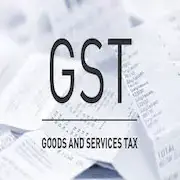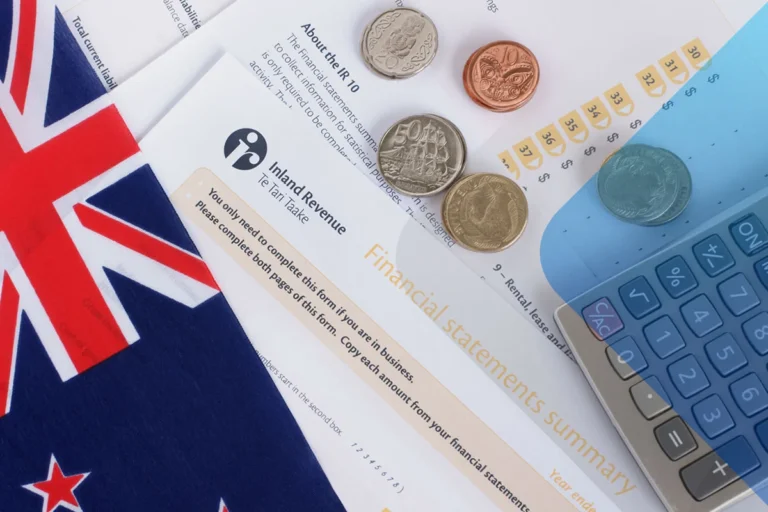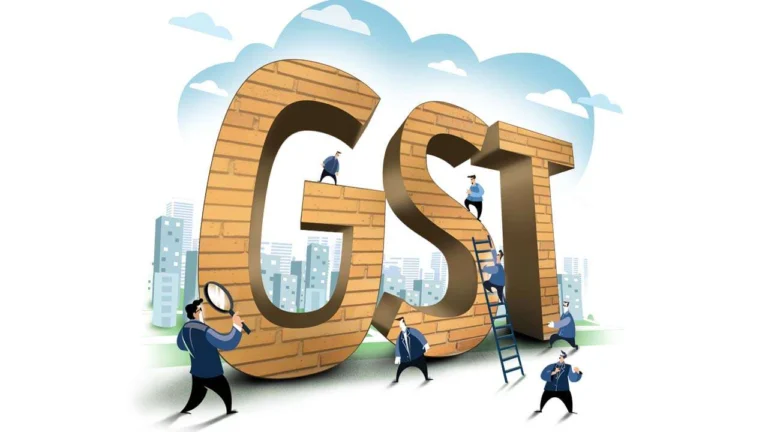GST rate in Australia The Goods and Services Tax (GST) is a broad-based 10% tax on most goods and services sales in Australia. Introduced in 2000, it replaced the previous wholesale sales tax system. Businesses with over $75,000 in annual turnover must register for GST.
As an accountant who has advised clients on GST compliance for over a decade, I understand how confusing GST can be for businesses. I remember when GST first rolled out – it represented a major change. Even today, many businesses still have questions about how GST applies to their unique operations.
In this guide, I’ll draw on my years of experience to help demystify GST rates and rules for you. I’ll share key insights, common pain points businesses face, and examples you can relate to. My goal is to help you understand the key aspects of GST you need to know to stay compliant and avoid issues.
If you don’t know or have less knowledge about the GST in Australia, Let’s discuss it in detail.

What is the GST Rate in Australia?
The standard GST rate in Australia is 10% of the sale price. This rate applies to most goods and services, including:
- Retail sales of food, clothing, electronics, etc.
- Restaurant meals and takeaway food
- Hotel accommodations
- Transport services like taxis and rideshares
- Hairdressing and beauty services
- Trades services like electricians and plumbers
- Event tickets
- Domestic airfares
Some goods and services have a GST rate of 0%, including:
- Most basic groceries like fresh fruits, vegetables, meat, etc.
- Health services like doctor’s visits and hospital stays
- Education fees
- Childcare services
- Water, sewerage and drainage
- Exports
There are also some exempt supplies with no GST, such as:
- Sale of residential property (excluding new dwellings)
- Financial services
- Precious metals like gold and silver
So in summary, the standard GST rate in Australia is 10% on most goods and services. Some exceptions apply at 0% or exempt rates.
How to register for GST in Australia
Businesses and organizations in Australia with an annual turnover of $75,000 or more must register for GST. They will receive an Australian Business Number (ABN) and must charge 10% GST on most sales.
Some key points about GST registration:
- Businesses with turnover under $75k can choose to register voluntarily
- Registration is done through the Australian Business Register
- Non-resident businesses may need to register if they make Australian sales
- GST must be included in all tax invoices issued to customers
- Registered businesses can claim GST credits on business purchases
When registering, businesses must report their GST quarterly and annually along with income tax returns. Digital tools like accounting software, e-invoicing and my Gov can help streamline GST reporting.

GST Reporting and Remitting to the ATO, Bas
Registered businesses don’t keep the GST collected from customers. Instead, they must report and pay it to the Australian Taxation Office (ATO).
Reporting periods are quarterly, monthly or annually depending on turnover. Due dates are:
- Quarterly – 21st day after end of quarter
- Monthly – 21st day after end of month
- Annually – 21st day after end of tax year
Reporting and remittance is done on the Business Activity Statement (BAS). This shows:
- Total sales/income
- GST on sales
- GST credits on purchases
- Net GST to remit to the ATO
Businesses pay the net GST to the ATO each reporting period. Digital tools like accounting software can calculate GST automatically.
GST for Consumers and Australian Employees
While Australian businesses bear the administration of charging, collecting and reporting GST, the burden of the tax is intended to fall on the final consumer.
When consumers purchase goods and services from Australian businesses, they pay the included GST amount. Employees also indirectly bear the cost of GST embedded in the prices of everyday items.
The purpose of GST is to tax consumption in Australia. By applying the 10% rate at each stage of production and distribution, GST ultimately gets included in the final retail prices paid by consumers.
Now you can use our tool to calculate GST GST Calculator Australia.
Australia GST Refunds (goods and services tax)
To encourage tourism and exports, Australia allows international travellers to claim a refund of the GST paid on goods taken home with them. The Tourist Refund Scheme (TRS) lets visitors get a refund of GST paid on purchases over $300 (GST inclusive).
To be eligible, visitors must:
- Be in Australia for less than 60 days
- Purchase from approved TRS retailers
- Show passport and invoices at airport customs
- Depart with goods in carry-on luggage
The TRS refund can be claimed at participating airports and cruise terminals up to 30 days after purchase. Refunds are paid in cash, direct deposit or to a prepaid travel card.
GST Tax Due Dates in Australia
If you are running a GST-registered business in Australia, you need to know the due dates for lodging your BAS and paying GST each reporting period.
Here are the key GST and BAS due dates in Australia:
- Quarterly BAS – 28 days after the end of each quarter. Quarters end on Sept 30, Dec 31, Mar 31 and Jun 30.
- Monthly BAS – 21 days after the end of each month.
- Annual BAS – Feb 21 for sole traders, partnerships and trusts. Other entities have different annual lodgement dates.
You can apply for a lodgment deferral if impacted by a natural disaster or other issue. This gives you more time to complete your BAS.
Penalties apply for late BAS lodgment or GST shortfall. Interest is also charged on late GST payments. Using accounting software and/or a tax agent can help you stay compliant with GST obligations.
Tips for Managing GST Compliance
Here are some tips for Australian businesses to stay compliant and avoid issues with GST reporting:
- Keep accurate tax records like invoices for all purchases and sales
- Use accounting software to calculate GST automatically
- Review GST obligations and due dates for your situation
- Include complete GST details on all tax invoices issued
- Watch for common GST mistakes like claiming private purchases
- Get help from a tax professional if unsure about GST application
- Lodge your BAS/GST return and payment on time every period
- Apply for a lodgment extension if affected by disaster or disruption
With good recordkeeping and preparation, Australian businesses can effectively manage GST reporting with minimal hassle. Automated accounting tools combined with quality tax advice provide the best support for ongoing GST compliance.
The Future of GST in Australia
While the current 10% GST rate has remained stable since its introduction in 2000, there are occasional calls to expand or increase the GST in Australia.
Potential future changes may include:
- Broadening the GST base by removing exemptions and zero-ratings
- Increasing the GST rate to 15% or higher
- Applying GST to residential property, health, education, and other excluded sectors
- Shifting reporting to real-time automated systems
However, changing the GST would likely be politically challenging. The GST would need to remain simple and efficient for taxpayers.
For now, the GST Rate in Australia continues operating as a 10% tax on consumption. But businesses should stay informed on any proposals to modify or broaden the GST in future years.
Concluding Remarks
The Goods and Services Tax is an integral part of the Australian tax system. This 10% broad-based consumption tax applies to most transactions in Australia.
Understanding GST registration, calculations, reporting, GST Rate in Australia and other obligations is key for the success of Australian businesses. Keeping accurate records, utilizing automation tools, and seeking expert advice enables businesses to maintain GST compliance with minimal disruption.
While the GST may see tweaks over time, it will continue playing a critical role in tax administration and government revenue for the Australian economy.





